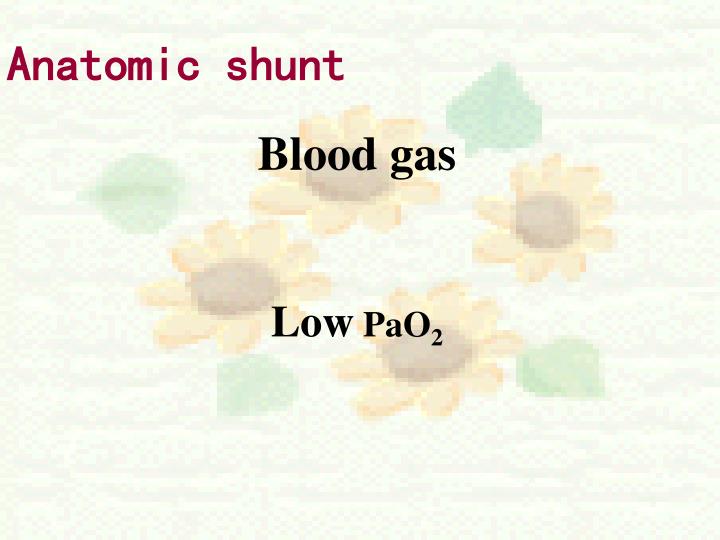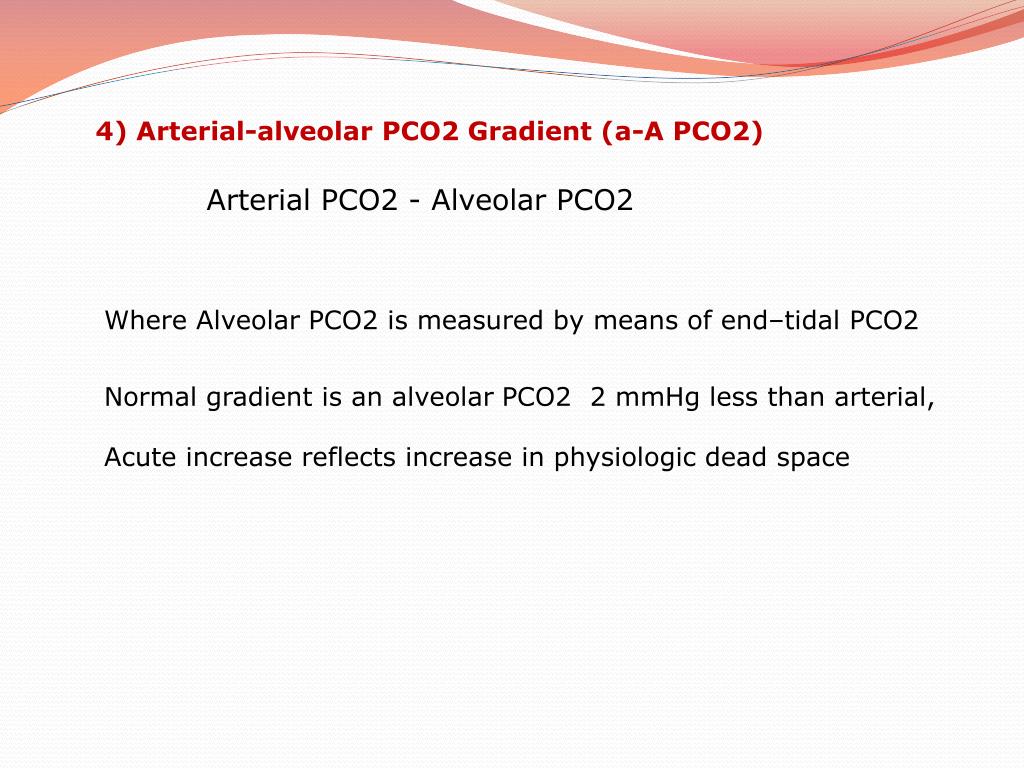

Dead space ventilation appeared to be lower during partial liquid ventilation compared with conventional mechanical ventilation. When compared with control animals, partial liquid ventilation resulted in significantly better oxygenation with improved cardiac output and oxygen delivery.

Continuous monitoring included ECG, mean right atrial, pulmonary artery, pulmonary capillary, and arterial pressures, arterial blood gas, and partial pressure of end-tidal CO 2 measurements. Perfluorocarbon liquid 30 mL/kg bw was instilled into the endotracheal tube over 10 min followed by 5 mL/kg bw/h. Thereafter, the animals were randomly assigned either to partial liquid ventilation ( n = 6) or conventional mechanical ventilation ( n = 6) at a fractional concentration of inspired O 2 of 1.0, a PEEP of 1.2 kPa, a tidal volume < 10 mL/kg body weight (bw), a respiratory rate of 24 breaths/min, and an inspiratory/expiratory ratio of 1:2. injections of oleic acid and repeated lung lavages. Acute lung injury was induced in 12 piglets weighing 9.0 ± 2.4 kg by repeated i.v.

This prospective randomized pilot study aimed to test the hypotheses that partial liquid ventilation combined with a high positive end-expiratory pressure (PEEP) and a moderate tidal volume results in improved gas exchange and lung mechanics without negative hemodynamic influences compared with conventional mechanical ventilation in acute lung injury in piglets.


 0 kommentar(er)
0 kommentar(er)
